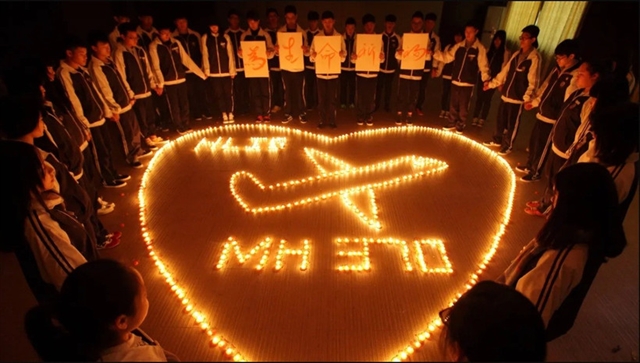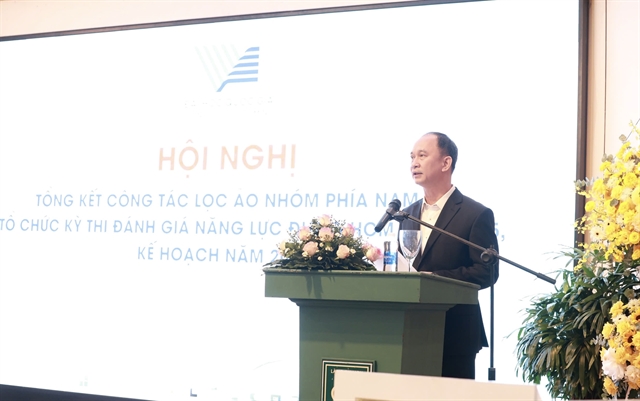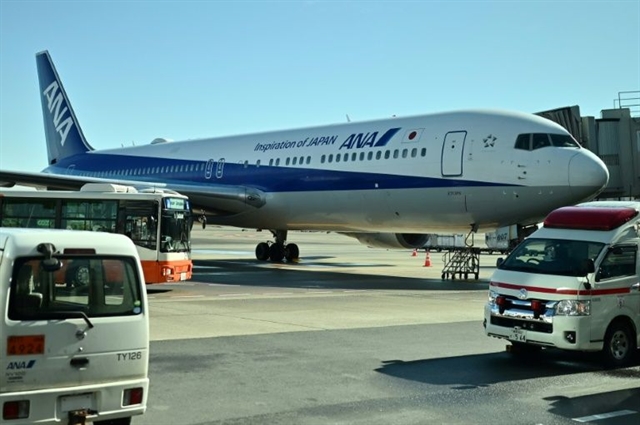 World
World

Three Japanese citizens among more than 200 on a first evacuation flight from China have tested positive for a new strain of coronavirus, Japan's health minister said Thursday.

|
| Japan dispatched a first charter flight to Wuhan on Tuesday night, with 206 people arriving in Tokyo on Wednesday morning. — AFP Photo |
TOKYO — Three Japanese citizens among more than 200 on a first evacuation flight from China have tested positive for a new strain of coronavirus, Japan's health minister said Thursday.
The three people arrived in Japan on Wednesday, on the first flight to evacuate Japanese citizens from the Chinese city of Wuhan, the epicentre of a deadly outbreak that has killed 170 people and injected thousands.
The three evacuees raise the number of cases in Japan so far to 11, including two people who appear to have contracted the virus without travelling to China.
"In addition to the eight cases, among the people who returned from Wuhan yesterday, infection (with the new coronavirus) has been confirmed in one person with symptoms and two other people who have no symptoms," health minister Katsunobu Kato told parliament.
Prime Minister Shinzo Abe told lawmakers that the three returnees would be treated in a special medical facility.
The new cases come after authorities on Wednesday confirmed a second instance in which a person tested positive for the virus without having travelled to Japan.
The woman was a tour guide who worked on the same bus as a driver who also contracted the virus without travelling to China.
The driver told authorities he had driven two groups of tourists from Wuhan earlier in January and developed symptoms afterwards.
"The eighth case is the second suspected incident of human-to-human transmission in Japan," Kato said.
"We are in a truly new situation."
The period between exposure to the new coronavirus that originated in China and symptoms is 5.2 days on average, but varies greatly among patients, according to one of the largest studies yet published on the deadly epidemic.
While admitting that the estimate is "imprecise," the Chinese team behind a paper published in the New England Journal of Medicine (NEJM) on Wednesday said their findings support a 14-day medical observation period for people exposed to the pathogen.
The World Health Organisation said in an update Monday that the incubation period ranged from between two and 10 days before symptoms like fever, cough, shortness of breath and acute respiratory distress emerged.
The incubation period estimate in the new study was based on 10 patients.
The researchers also studied the virus's first 425 patients in order to establish two other fundamental characteristics of the outbreak.
Since it first emerged in Wuhan in December, the number of cases of the 2019 Novel Coronavirus doubled every 7.4 days, the researchers wrote.
They also estimated that each infected person then infected an average of 2.2 other people, a figure known as the basic reproductive number, or R0 (pronounced "R-naught").
The figure doesn't predict how big an epidemic will eventually be, but is a useful measure nonetheless. In this case, it is relatively low: close to the seasonal flu (around 1.3), much less than the measles (12 or higher) and comparable to the SARS-epidemic of 2002-2003 (3).
The team also found that human-to-human transmission had been occurring among close contacts since the middle of December 2019.
The Chinese findings echo research by a team in the Netherlands that found an incubation period of 5.8 days, with large variations.
And a 27-year-old Chinese man living in Việt Nam who was infected by his father who had travelled to Wuhan showed symptoms in around three days, according to a letter published in NEJM.
In the major Chinese study, half of the 425 cases were patients over the age of 60, and none were under 15 years old. — AFP




